MPA LOFAR Project |
 |
| Information and News | Research at MPA | LOFAR team at MPA | GLOW Consortium | Links | Press | Deutsch | English |
|
|||
|
|||
|
News
|
 What is LOFAR? LOFAR (Low Frequency Array) is a new radio telescope under construction by ASTRON in the Netherlands operating between 30 and 240 MHz. In this largely unexplored frequency range, LOFAR will be the dominant telescope over the next decade. The improvement in sensitivity by a factor of 20 and resolution by a factor of 100 compared with present-day telescopes will open a new window on the Universe. LOFAR leads the way for a new generation of radio telescopes that consist of a multitude of small and cheap antenna fields. As there will be no moving parts, the costs for mechanical maintenance are low. The astronomical radio waves are sampled digitally, the signal is transmitted over large baselines to a high-performance computing facility where the radio images are synthesized in real time. The central computer (a Blue Gene/P, one of the fastest in the world) is already in place at the University of Groningen. This innovative design based on digital beam-forming will allow to point the telescope simultaneously at several positions on sky (8 simultaneous beam are planned). In principle, the whole visible radio sky can be monitored continuously. The European LOFAR The capabilities of LOFAR can be increased enormously by extending it to a European level. The extension provides baselines of several thousands kilometers and hence improve the resolution by another order of magnitude. Presently, there are six stations in Germany, three in Poland and one station each in France, United Kingdom, Sweden, Ireland and Latvia (see picture above for an artist rendering; Spektrum der Wissenschaft/Emde-Grafik). The construction of LOFAR remote stations in Germany is completed (Effelsberg; Tautenburg; Potsdam; Jülich; Hamburg). LOFAR at MPA The Max-Planck-Institute of Astrophysics (MPA) in Garching is one of the German Institutions which participate in the European LOFAR Project and has built a LOFAR remote station in Unterweilenbach, which operates within the distributed LOFAR radio telescope. Since 2023 the Unterweilenbach station is jointly operated by FAU Erlangen-Nürnberg, JMU Würzburg and MPA. |
| News | ||
|
October 2011: The field is on Google Maps! |
||
|
September 2010: The field. (pictures from Rainer Hassfurter/MPA). |
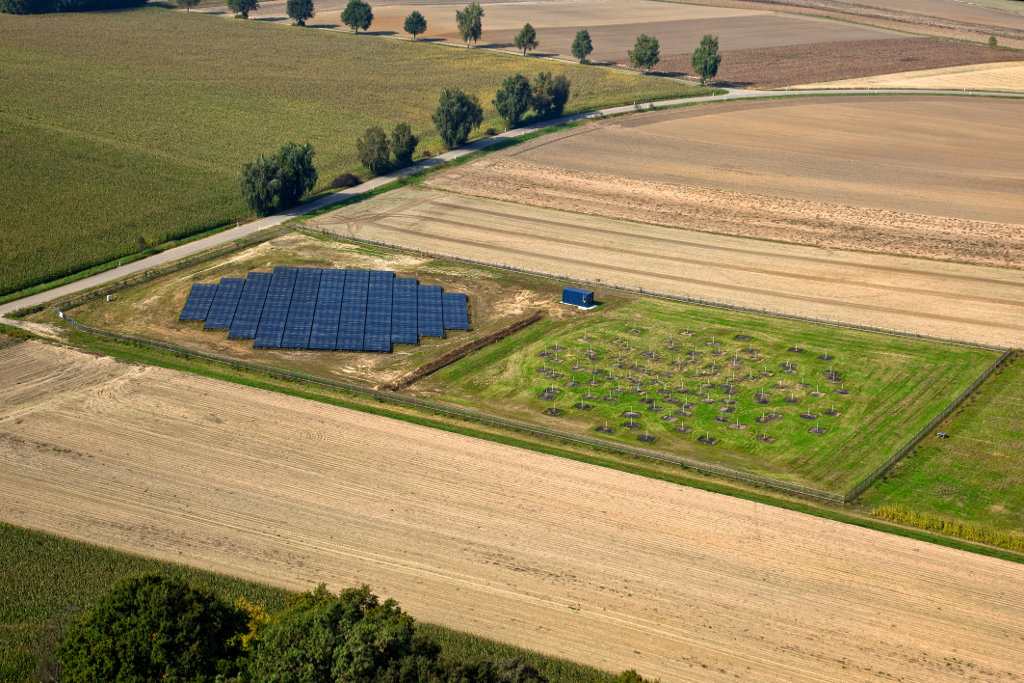 |
 |
|
July 30th 2010: Beer and Brezen party. A Beer and Brezen party was held at the Biergarten next to the LOFAR field, to thank the local people for they support throughout the building process (pictures from H.-A. Arnolds). |
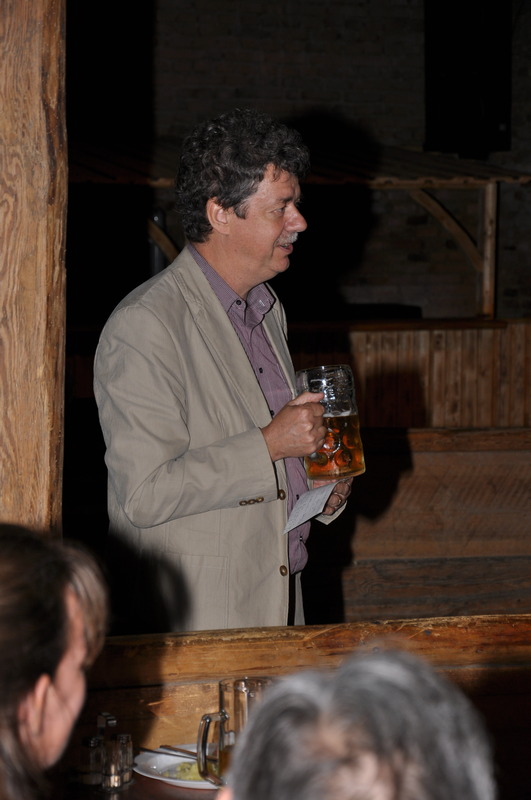 |
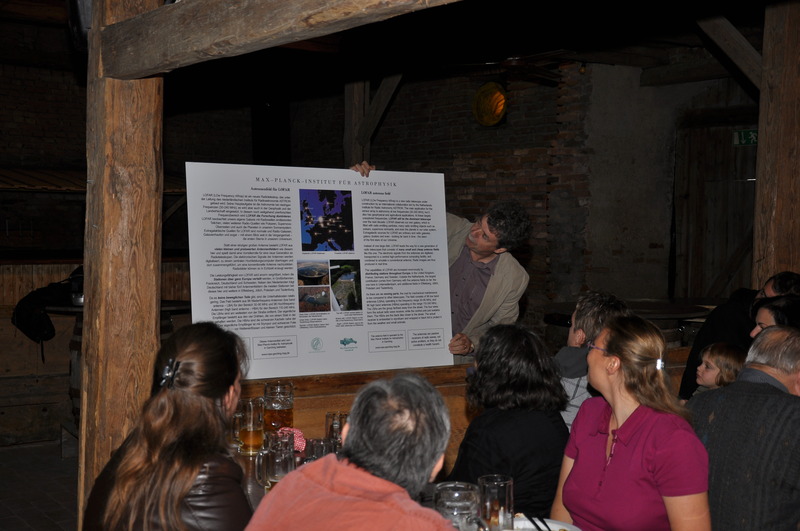 |
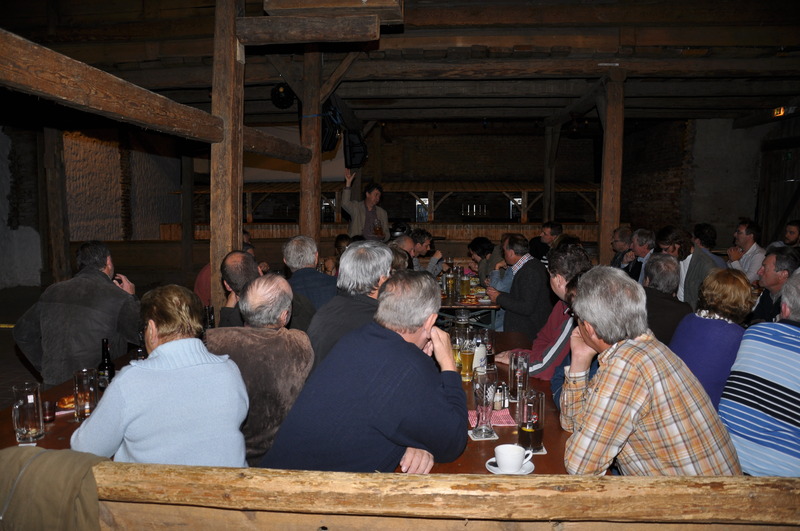 |
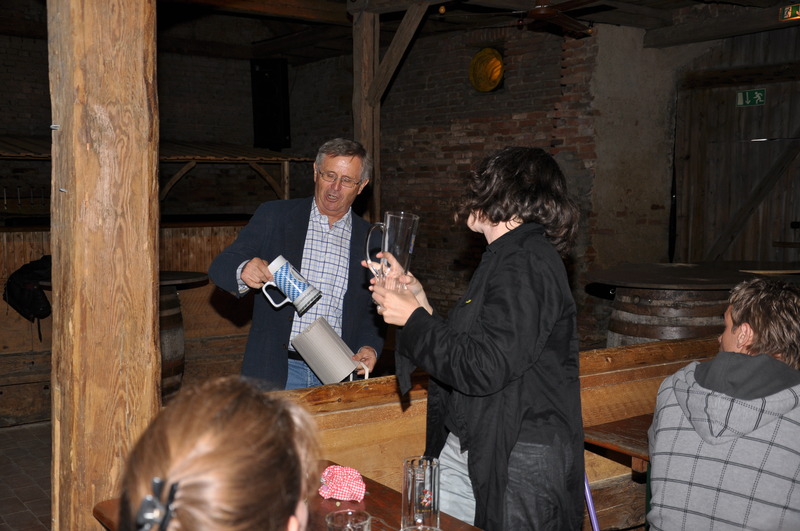 |
|
|
June 22nd 2010: MPA's LOFAR field is completed! Thanks to all the people who helped to make this happen (in the photo, the positioning of the last tile; H.-A. Arnolds). |
|
|
|
June 2010: Construction of the HBAs field. The construction of the HBA field has started and will be completed by June 25th (pictures from H.-A. Arnolds and T. Krieg). |
|
|
|
|
|
|
|
June 12th 2010: LOFAR opening ceremony. The official opening of LOFAR has taken place in Borger-Odoorn (Drenthe, The Netherland) at the presence of Her Majesty the Queen (pictures from H.-A. Arnolds). |
|
|
|
May-June 2010: Preparation for the HBAs field. Preparatory work for the field that will host the HBA antennas has started (pictures from T. Krieg and H.-A. Arnolds). |
|
|
|
|
|
|
|
|
|
|
|
February 2010: The first all sky image! This is the first full sky image taken with our Station on February 12th (S. Wijnholds, ASTRON). |
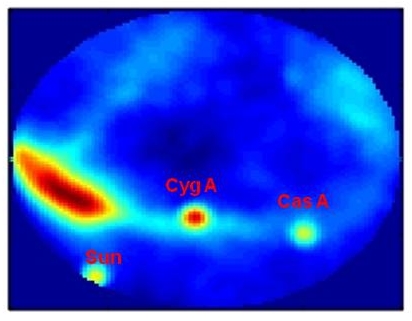 |
|
|
January 2010: The network link has been switched on. Since January 21st 2010 the network link has been activated (left picture; H.-A. Arnolds) and the station connected to the rest of the observational facility, although validation tests still need to be performed. On the right, an image of the field on the same day (H.-A. Arnolds). |
|
|
|
October 2009: The field is connected to the network. On 21 October 2009 the LOFAR station has been successfully connected to the network (pictures from H.-A. Arnolds). |
|
|
|
July 2009: Annual GLOW meeting. On 2-3 July 2009 the GLOW community met in Garching for its annual meeting. The participants had a visit to the LOFAR field. (pictures from H.-A. Arnolds). |
|
|
|
May 2009: The LBA field. (pictures from T. Krieg). |
|
|
|
April 2009: The first spectrum. The first spectrum from the LBAs has been produced. (pictures from H.-A. Arnolds). |
|
|
|
April 2009: The delivery of the electronic components. All the electronic components have been delivered and the integration of the LBAs' field has been done (pictures from T. Krieg). |
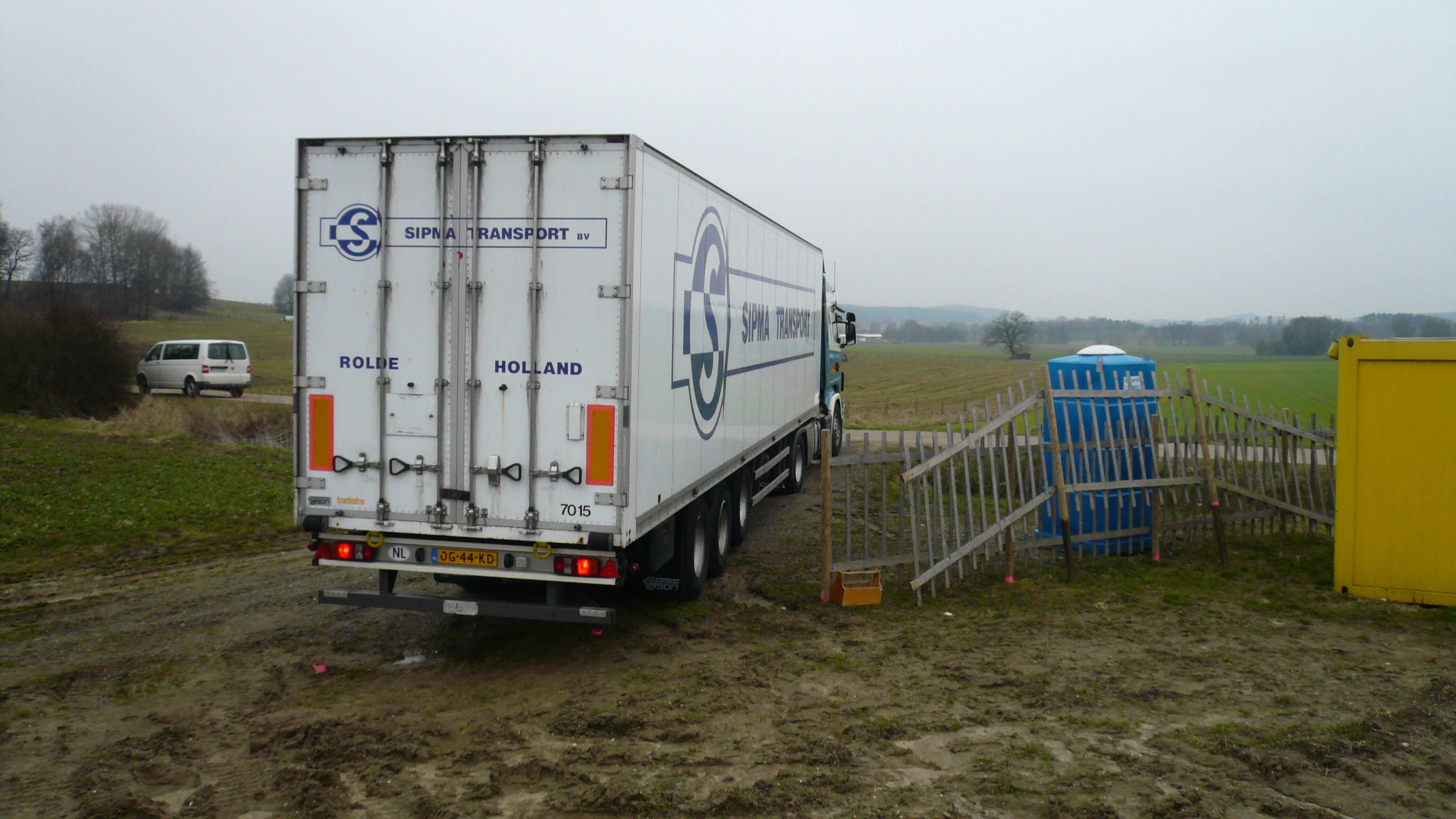 |
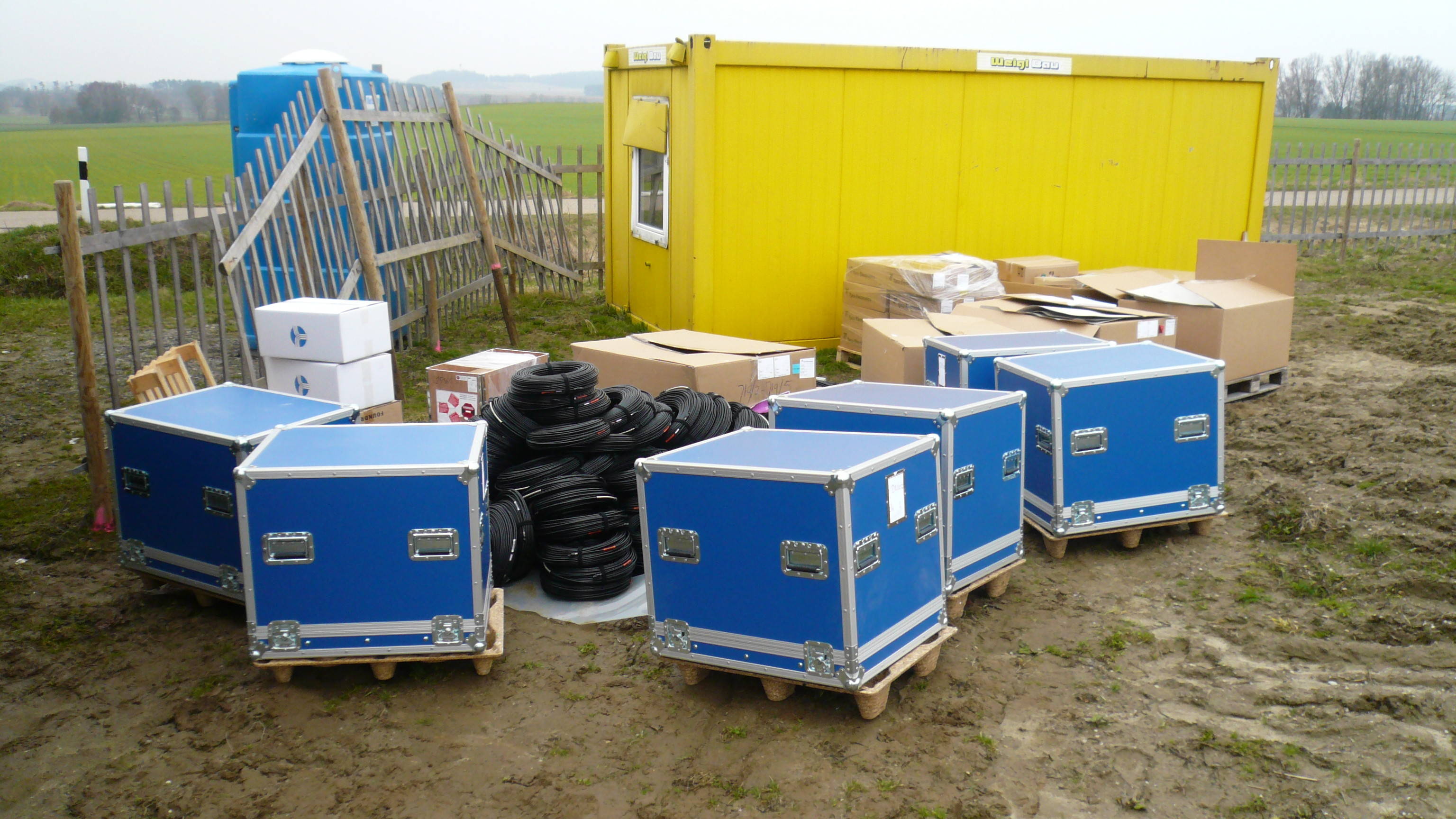 |
|
March 2009: The LBA field. (pictures from T. Krieg). |
|
|
|
November 2008: The delivery of the Low Band Antennas' components. All the components of the LBAs have been delivered. Work for their assembly will start soon (pictures from Y. Koopman, T. Krieg). |
|
 |
|
October 2008: The measurements for the Low Band Antennas. The location of the 96 LBAs has been marked (see pictures; T. Krieg). |
|
|
|
August 2008: The fiber. Since August 27th, the field in Unterweilenbach is connected to the RZG in the Garching Campus (see pictures; H.-A. Arnolds). |
|
|
|
July 2008: The cabinet. The cabinet that will host the electrical equipment has been delivered on July 31st (see pictures; H.-A. Arnolds and T. Krieg). |
|
|
|
June 2008: The field. (pictures credit to H.-A. Arnolds and T. Krieg). |
|
|
|
May 2008: Annual GLOW meeting. On 5-6 May 2008 the GLOW community met in Tautenburg for its annual meeting. |
||
|
March 2008: Astrophysics in the LOFAR era II. On 16-19 September 2008 the prospective user community of LOFAR will gather again in Hamburg to explore current and future science perspective of low-frequency observations. |
 |
|
|
November 2007: MPA seeks a scientific software developer for LOFAR In early 2008 the Max Planck Institute for Astrophysics (MPA) seeks to fill a 2-year fixed-term position (with the possibility of extension up to 5 years) for a scientific software developer in the framework of LOFAR, a radio astronomy project... Read the rest! |
||
|
October 2007: The field is ready! The preparatory work is finished and the field is ready to host the LOFAR remote station (see pictures; H.-A. Arnolds and T. Krieg). |
|
|
|
September 2007: Construction works have started. This month, preparatory work has started in the field that will host a LOFAR remote station (see pictures; H.-A. Arnolds and T. Krieg). |
|
|
|
May 2007: Presentation of LOFAR to the local people of Aresing. On May 21st members of the LOFAR team have inscribed their names in the Golden Book of Aresing (left image; H.-A. Arnolds) at the presence of the Mayor, Mr. Rössler. Prof. White has presented the project to the local people. To the right, a picture with Mr. Rössler and the Stöckl (owners of the field where the station will be built). |
 |
 |
|
April 2007: Astrophysics in the LOFAR Era. On 23-27 April the prospective user community of LOFAR (see picture) gathered in Emmen to explore current and future science perspectives of low-frequency radio observations. |  |
|
|
March 2007: MPA has leased the land to build the LOFAR remote station. MPA has leased a 2 hectar field in the vicinity of Aresing. In the photograph to the left the field is marked in yellow; on the right a visit to the field. |
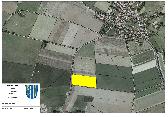 |
|
|
December 2006: MPA has bought a LOFAR remote station. MPA has signed a contract with ASTRON to build the second (after MPIfR, Bonn) LOFAR remote station in Germany. Its construction will start in fall 2007. | ||
|
June 2006: RFI measurements by
ASTRON Several sites have been identified as possible locations for a remote station. They have been tested for the contamination level by the radio frequency team of ASTRON (see photograph). |
 |
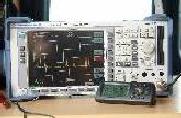 |
|
May 2006:
LOFAR - a new radio telescope in Germany German astronomers (including scientists from the Max Planck Institute for Astrophysics) have made an important step towards the construction of LOFAR (Low Frequency Array), a new radio telescope that in a few years will be the largest telescope in the world. (Photograph of the first official German LOng Wavelength Consortium meeting). |
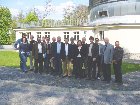 |
|
April 2006 : Click here for the LOFAR-Leaflet! |
||
Last modified: Tue Apr 17 14:51:00 CEST 2009 |
© 2005-2006 Max-Planck-Institut fuer Astrophysik, D-85748 Garching b. Muenchen, Germany |